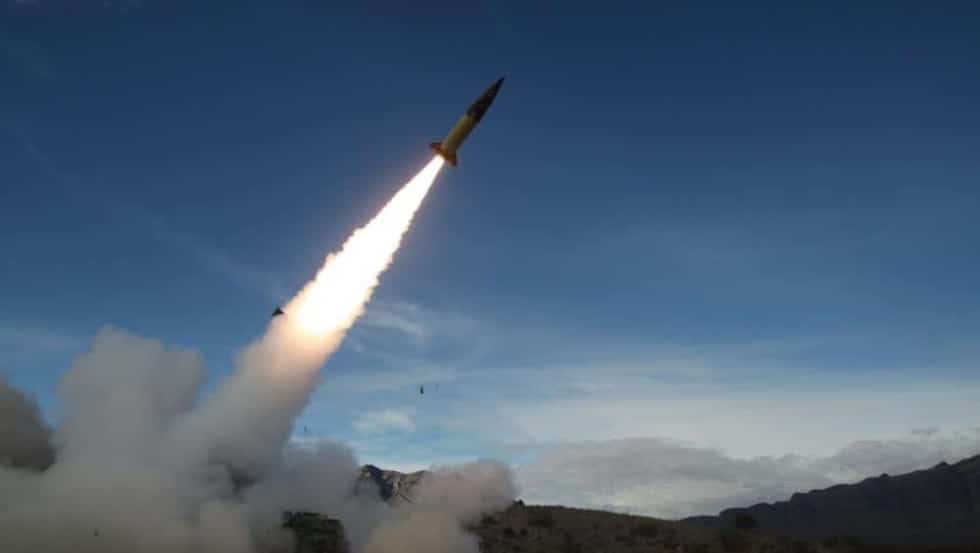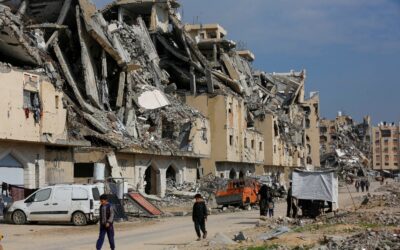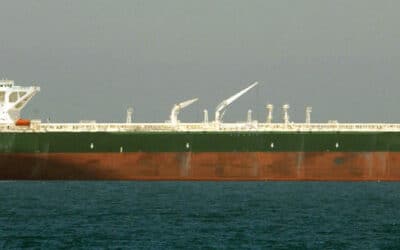Around two-thirds of NATO states have depleted their weapons stockpiles following countless rounds of arms shipments to Kiev since late February, according to an alliance official. Even NATO’s wealthiest members are struggling to meet the demands of Ukraine’s war effort.
A New York Times report published on Sunday said “fundamental unpreparedness” by Western states had created “a mad scramble to supply Ukraine with what it needs while also replenishing NATO stockpiles,” with one unnamed official telling the outlet that 20 of the bloc’s 30 members are now “pretty tapped out” and unable to provide meaningful military support going forward.
Though the official said more prosperous nations like the United States, France, Germany and Italy still have the ability to arm Kiev, they, too, have seen shortages in certain types of weapons. And despite more than $19 billion in ‘lethal aid’ from Washington alone, the US and other allied governments have been reluctant to meet all of Ukraine’s demands for heavy or long-range systems, fearing they might be used for attacks on Russian territory and stoke a direct response from Moscow.
Ukraine’s massive demand for artillery has put an especially heavy strain on US stocks. While American manufacturers can only produce around 15,000 rounds per month, the Joe Biden administration has authorized more than 1.1 million howitzer shells for Kiev so far this year – including thousands of precision-guided rounds.
“A day in Ukraine is a month or more in Afghanistan,” Camille Grand, a defense expert at the European Council on Foreign Relations, told the Times, comparing artillery expenditures in the current war to America’s 20-year occupation.
Mark F. Cancian, a former White House weapons strategist and current senior adviser at the hawkish Center for Strategic and International Studies (CSIS), agreed it would take a multi-year effort to ramp up the production of key weapons. “If you want to increase the production capability of 155mm shells. It’s going to be probably four to five years before you start seeing them come out the other end,” he said.
Though the surging demand for weapons has cost US taxpayers billions, it has been a windfall for Western arms dealers that survive on government contracts. Major players like Raytheon and Lockheed Martin stand to reap immense profits from near-constant aid packages to Kiev, while lesser-known producers, such as Poland’s Polska Grupa Zbrojna (PGZ), see the war as a good way to gin up new business.
“Taking into account the realities of the ongoing war in Ukraine and the visible attitude of many countries aimed at increased spending in the field of defense budgets, there is a real chance to enter new markets and increase export revenues in the coming years,” PGZ CEO Sebastian Chwalek told Reuters last week.
The boon to US weapons-makers has prompted allegations of war-profiteering from some European allies – even as many EU members clamor for additional arms transfers to Kiev and new sanctions on Moscow. Nonetheless, one unnamed senior European official recently told Politico that public opinion in the EU is beginning to shift against Washington.
“The fact is, if you look at it soberly, the country that is most profiting from this war is the US because they are selling more gas and at higher prices, and because they are selling more weapons,” the official said, adding that American companies are gaining at the expense of local competitors.
Multiple US and NATO officials have declared that the alliance is committed to backing Ukraine for “as long as it takes,” though it remains unclear what that means. Addressing lawmakers in April, Chairman of the Joint Chiefs of Staff Mark Milley said the war is likely to be “measured in years,” suggesting Washington and its partners are gearing up for a lengthy proxy war against Moscow regardless of the cost in Ukrainian blood or Western tax dollars.































